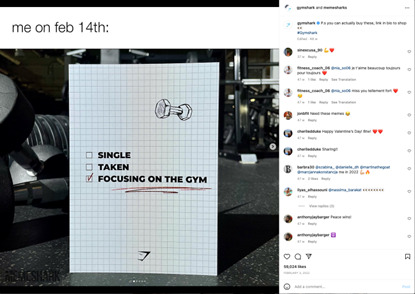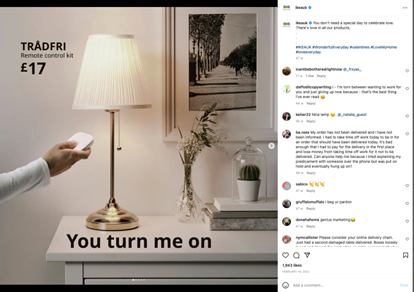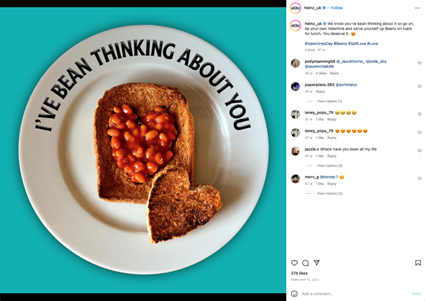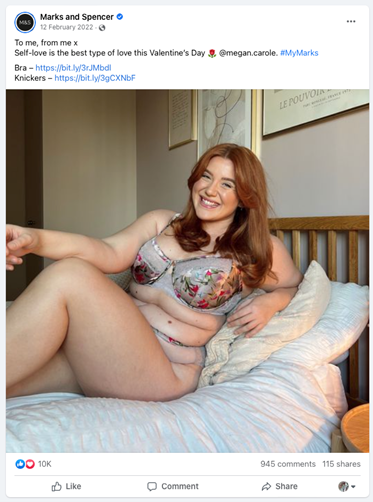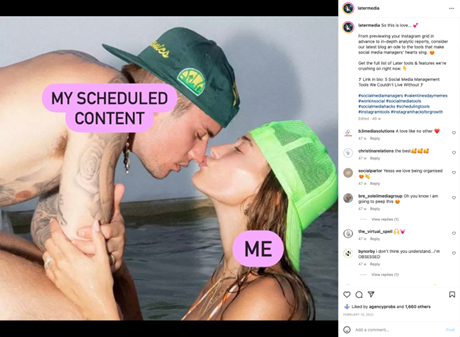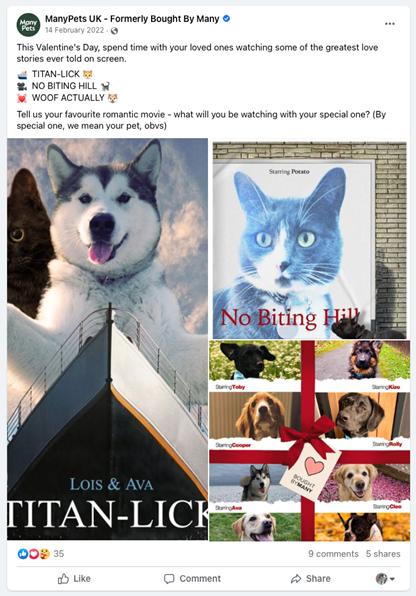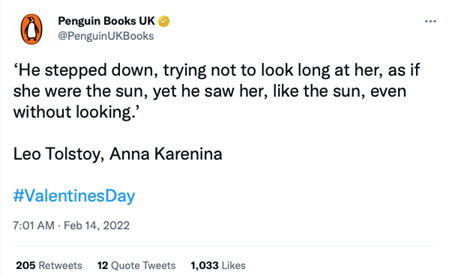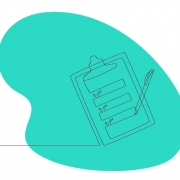Trends in finance journalism PRs need to know about
Everyone in the UK has been impacted in some way by the cost-of-living crisis that has rumbled on for nearly a year now. From energy bills to mortgage payments to the interest rate; it has all been increasing in price. This has put a massive strain on households and forced people to look more closely at their budget and savings.
It has also, understandably, gained a lot of attention from the media with national newspapers, broadcast media and consumer titles all keen to cover the impact on the general public and give advice on how to cope during these difficult times. We decided to find out what journalists have been researching within this area by looking at requests for the Personal Finance category on the ResponseSource Journalist Enquiry Service over the last few months.
Personal Finance has really increased in popularity. Between October and November, we saw a 27% increase in the number of requests for this category and between December and January, an even bigger rise of 39%. Overall, over 3% of all requests have included the Personal Finance category in the last four months.
It also corresponds with ‘Cost of living’ being a regular top key phrase. Since September, at least 2% of all enquiries on the service each month have included these words within their request. If we look at requests just within the Personal Finance category, then 11% of all enquiries from journalists have included this phrase.
Many requests have looked to get case studies, with several of those coming from broadcast outlets such as 5 News and ITV News. One looking for a single person struggling to pay the bills due to the cost of living and another wanted to find out the impact of the crisis on students. If you have any clients with first-person accounts of how the cost-of-living crisis is affecting their daily lives, then there should be plenty of opportunities to get these featured.
National newspapers like The Sun, The I paper and The Daily Star have also sought to cover this topical issue. These enquiries have been more for general information covering budgeting for a wedding, free fitness activities and what customers can do to help pubs avoid closing early, to name but a few. Meanwhile, trade titles such as HR magazine have wanted more practical advice, like how to avoid payroll issues in the cost-of-living crisis.
Despite ‘cost of living’ being such a popular phrase in the media and on the enquiry service, the top keyword within the Personal Finance requests in the last four months has been ‘finance/financial’ appearing in 21% of all the enquiries.
Requests with these keywords have tended to look more for a spokesperson or expert and covered both consumer and trade titles such as Raconteur, Money Marketing, Closer, Global Finance and Money & Finance magazine. They have looked for finance/CFO expertise, personal finance experts, financial advice and for a money/finance expert. All of these give a great chance to get clients who are experts in their field featured in leading magazines and websites.
One of the words mentioned in those requests above, ‘money’, also performed well in the Personal Finance category between October and February, featuring in 19% of all requests. Again, numerous requests were looking for experts but there was also a focus on getting information about saving money. These varied from saving money on a renovation, saving money when doing laundry plus general requests around saving money over Christmas and in the January sales.
‘Saving/savings’ also performed well as a keyword too, appearing in 7% of all Personal Finance requests. National titles like the Daily Mirror and Daily Express submitted requests with these keywords as well as consumer titles such as Woman’s Own and Real Homes.
Within the cost-of-living crisis, one of the major concerns for people has been the rising energy bills and that has been reflected on the service with ‘energy’ as a keyword in 8% of all Personal Finance requests.
The Express.co.uk looked for an energy bill expert to report on gas boilers possibly being banned while The Daily Mirror wanted a case study of someone that invested in green energy years ago and is now seeing the benefit.
The other issue that has arisen over the last six months or so has been with mortgage rates increasing. ‘Mortgage’ as a keyword was in just over 3.5% of the enquiries between October and February as journalists look to get information on the latest rates as well as expert opinion from mortgage brokers and advisers. Requests came from titles including City A.M., The Daily Telegraph and Property Investor.
There has also been a lot of concern over pensions and the triple lock and with the cost-of-living crisis, some people have been forced to come out of retirement due to financial uncertainty. ‘Pension’ and ‘retirement’ both performed well as keywords at 7% and 2% respectively. Titles including Pensions Expert and The I paper were looking for experts and advice on pensions while Law360 and The Sunday Times asked for case studies of people coming out of retirement.
Keywords such as ‘banking’, ‘insurance’, ‘investment’, ‘inflation’ and ‘interest rate’ were all present in at least 2% or more of all Personal Finance requests. This shows there is plenty of opportunity to get clients featured in prominent outlets, whether they specialise in mortgages or pensions or insurance.
Overall, within the Personal Finance category, 46% of all the requests in this period were looking for a spokesperson or expert. Personal case study was the next most popular choice at 27%, followed by information for an article in third on 24%. The requests were dominated by National Newspaper/Current Affairs outlets with 46% from them and Consumer Media second on 29%. Trade/Business/Professional Media was third on 14% with Radio and Television fourth on 5%.
With energy companies due to hike their prices up in April, the cost-of-living crisis is unlikely to be going away anytime soon. That means journalists will be covering this issue closely, needing advice and experts to comment on what this will mean for consumers. The knock-on-effect is that people will have less money in their budget and will need to make savings, meaning these keywords will continue to appear in requests and provide more chances to get clients out in the media.
To receive relevant requests from the UK media straight to your inbox, find out more about the ResponseSource Journalist Enquiry Service.
For more, find out why it can be more effective than #JournoRequest and the right way to reply to journalist requests.


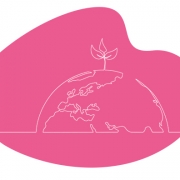









 I’m going to start this piece with an apology. I’m about to use a word that might cause you to roll your eyes, sigh or even shake your head, and for that I’m sorry. The last three years in the
I’m going to start this piece with an apology. I’m about to use a word that might cause you to roll your eyes, sigh or even shake your head, and for that I’m sorry. The last three years in the 


